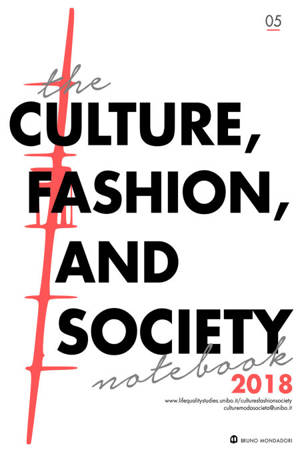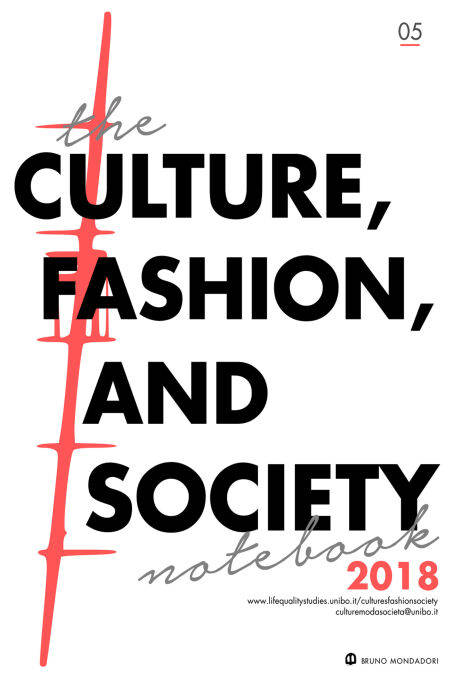
- Afhalen na 1 uur in een winkel met voorraad
- Gratis thuislevering in België vanaf € 30
- Ruim aanbod met 7 miljoen producten
- Afhalen na 1 uur in een winkel met voorraad
- Gratis thuislevering in België vanaf € 30
- Ruim aanbod met 7 miljoen producten
Zoeken
The State Funding Programme for Haute Couture in Paris - Defending and Promoting a Tradition (1952-1960) E-BOOK
Gianluigi Di Giangirolamo
E-book | Engels
€ 2,99
+ 2 punten
Omschrijving
Equally Gianluigi Di Giangirolamo's essay enquires, via an analysis
of the archival sources kept at the French Ministry of Finance
and the French Economy's Centre des Archives Économique et Financiers, into action designed to support Parisian haute couture after World War Two. It is specifically the couture-création assistance plan launched by the government from 1952 to 1960 which is examined, a plan co-ordinated by Chambre Syndicale de la Couture Parisienne (Chambre Syndicale) during the period which might be considered French fashion's first crisis. It was a system of public and private help designed and drawn up to safeguard Parisian' couture's creativity and safeguard its constituent and characteristic elements and, in the first place, the specialised workforce. The unique characteristics which enabled original models to be created every season, international
fashion's source of inspiration.
of the archival sources kept at the French Ministry of Finance
and the French Economy's Centre des Archives Économique et Financiers, into action designed to support Parisian haute couture after World War Two. It is specifically the couture-création assistance plan launched by the government from 1952 to 1960 which is examined, a plan co-ordinated by Chambre Syndicale de la Couture Parisienne (Chambre Syndicale) during the period which might be considered French fashion's first crisis. It was a system of public and private help designed and drawn up to safeguard Parisian' couture's creativity and safeguard its constituent and characteristic elements and, in the first place, the specialised workforce. The unique characteristics which enabled original models to be created every season, international
fashion's source of inspiration.
Specificaties
Betrokkenen
- Auteur(s):
- Uitgeverij:
Inhoud
- Aantal bladzijden:
- 100
- Taal:
- Engels
Eigenschappen
- Productcode (EAN):
- 9788867743216
- Verschijningsdatum:
- 17/03/2019
- Uitvoering:
- E-book
- Beveiligd met:
- Digital watermarking
- Formaat:

Alleen bij Standaard Boekhandel
+ 2 punten op je klantenkaart van Standaard Boekhandel
Beoordelingen
We publiceren alleen reviews die voldoen aan de voorwaarden voor reviews. Bekijk onze voorwaarden voor reviews.








